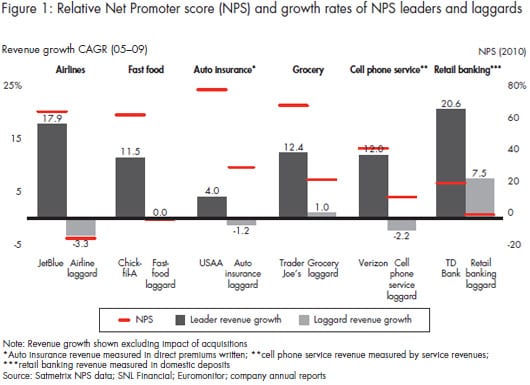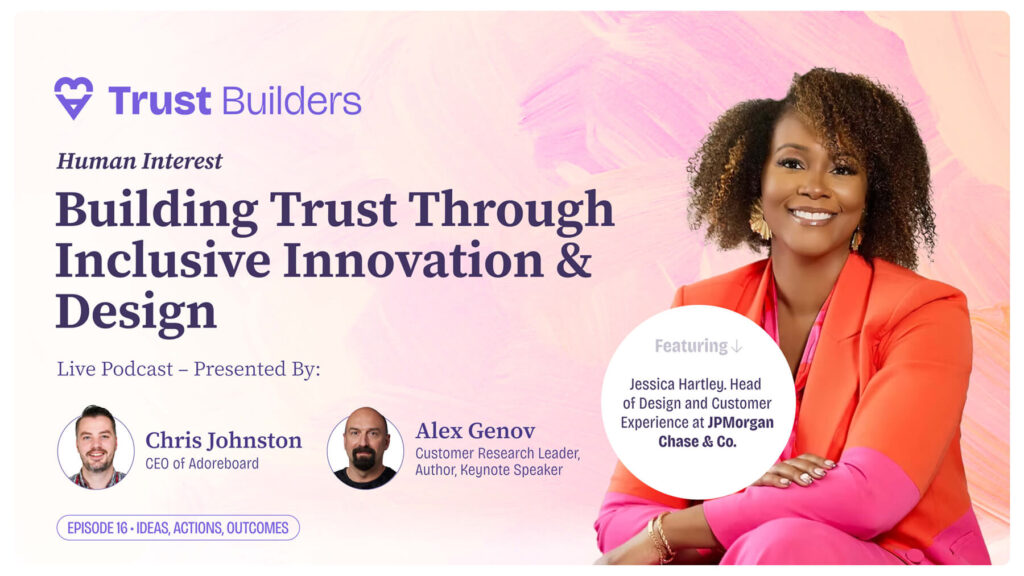 Guest piece by John Gusiff,
Guest piece by John Gusiff,
Managing Partner of Customer Centric Solutions LLC
In this article I’d like to talk about how we got to where we are today, applying Emotional Analytics, the analysis of human emotions associated with customer interactions to inform how we practice the discipline of customer experience management (CXM). How emotional analytics can be used to enhance your NPS Program.
The Net Promoter Score Revolution
It’s been 16 years since the Net Promoter Score® method of CX measurement was first created by Fred Reichheld, based upon years of extension research measuring customer satisfaction, customer retention and its link to revenue growth and profitability.
After studying hundreds of companies Fred and his team came to the conclusion that one question, The Ultimate Question, how likely are you to recommend, was the most important question a company could ask to determine their loyalty to the brand.
The Ultimate Question: How likely is it that you would recommend [Organization X/Product Y/Service Z] to a friend or colleague?
Respondents give a rating between 0 (not at all likely) and 10 (extremely likely) and,
depending on their response, customers fall into one of 3 categories to establish an NPS score:
- Promoters respond with a score of 9 or 10 and are typically loyal and enthusiastic customers.
- Passives respond with a score of 7 or 8. They are satisfied with your service but not happy enough to be considered promoters.
- Detractors respond with a score of 0 to 6. These are unhappy customers who are unlikely to buy from you again, and may even discourage others from buying from you.
Your NPS Score (-100 to +100) is derived by taking the difference between the percentage of Promoters and Detractors.
Fred Reichheld and his team at Bain & Company did their homework testing the Ultimate Question across industries from airlines to retailers to insurance companies to telecommunications companies. In the end, they concluded that Promoters drive real value: buy more, stay longer, refer others, provide ideas and feedback.
They determined that a high NPS score accounted for 20% to 60% of a company’s organic growth rate and the NPS leader outperformed industry laggards by a factor of 2x when looking at compound annual growth rates.

Source: What it takes to win with customer experience: Bain & Company blog
As more and more companies began to implement NPS programs there were able to benchmark themselves within their industry and run programs to determine how to improve NPS over time.
This is were the difficulties began to set in since one of the major challenges people started to see was that while NPS was simple to implement and measure, and was a good predictor of customer advocacy/loyalty, of itself it didn’t tell you the underlying reason why a given customer was a promoter, passive, or detractor. In other words, it wasn’t actionable of itself if you wished to improve advocacy and loyalty.
CXM and Customer Journey Analytics Evolution
In parallel, the disciplines of Customer Experience Management (CXM) began to develop and evolve with more and more organizations focusing on building an improved understanding of customer’s expectations, wants & needs, across the entire customer journey.
People were beginning to ask what made a given interaction a good experience vs a bad experience? They began to conclude that for any given interaction between a customer and the brand to be a good experience it had to be easy, effective, and enjoyable. That there was a need, a requirement to analyze all customer interactions with the brand to better manage customer experience.
Forrester defined customer experience as “How customers perceive their interactions with your company” and as “the sum of all interactions a prospect or customer has with the brand, product, or service.”
But analyzing experiences at this granularity is hard to do and new tools were required. This is where the concept of customer journey analytics got its start, thinking about how we might decode and analyze thousands or even millions of interactions into journeys from the customer’s point of view.
Customer experience management (CXM) is the collection of processes a company uses to track, oversee and organize every interaction between a customer and the organization throughout the customer lifecycle.
Up until just recently, one of the core methods being applied as part of customer journey analytics has been ‘sentiment analysis’ leveraging the underlying technologies of natural language processing and text analytics.
To some degree this has been successful, however, sentiment analysis is somewhat simplistic in that it simply indicates whether customer sentiment is ‘positive’, ‘neutral’, or ‘negative’. Whereas, more robust methods such as ‘emotional analytics’, can indicate specific emotions inherent in the customer’s reaction.
The Emotics platform by Adoreboard, for example, analyzes customer conversations indexing them across eight different emotions:
Positive emotions:
- Joy
- Trust
- Interest
- Surprise
Negative emotions:
- Sadness
- Disgust
- Anger
- Fear
The Emotics platform not only helps you analyze each core emotion but, also analyzes the intensity level of each emotion associated with a given customer interaction with the brand. Imagine the power in that? To understand not only the ‘emotion’ associated with a given interaction but the intensity of it as well. This is critical when thinking about which interactions make up your opportunities to improve the experience (low intensity positive experiences) and weaknesses (high intensity negative experiences. Refer to Plutchik’s wheel of emotion (below) which is the science behind the Emotics platform by Adoreboard.
In addition, CX practitioners now can analyze the specific context (themes, topics, touchpoints) underlying these emotions.

To determine which touchpoints are driving good vs bad experiences across the entire customer journey. To prioritize, which touchpoints with the brand to focus on and take action based upon where they occur within the customer journey and the degree to which they impact customer advocacy/loyalty.
Enhancing your NPS program with Emotional Analytics
Don’t get frustrated when NPS by itself doesn’t enable you to prioritize and take action on different aspects of the customer experience. Add additional tools to your CXM toolbox, such as ‘emotional analytics’ to enhance your NPS program and help you mature in the disciplines of customer experience management (CXM). Emotional analytics can help you focus on what matters to the customer, understand how you make them ‘feel’, and identify targeted opportunities to improve the overall customer experience making it easy, effective, and more enjoyable.



